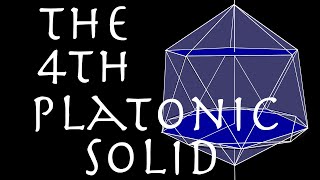Zonohedra | Uniform polyhedra | Individual graphs | Archimedean solids | Planar graphs | Truncated tilings
Truncated icosidodecahedron
In geometry, the truncated icosidodecahedron is an Archimedean solid, one of thirteen convex, isogonal, non-prismatic solids constructed by two or more types of regular polygon faces. It has 62 faces: 30 squares, 20 regular hexagons, and 12 regular decagons. It has the most edges and vertices of all Platonic and Archimedean solids, though the snub dodecahedron has more faces. Of all vertex-transitive polyhedra, it occupies the largest percentage (89.80%) of the volume of a sphere in which it is inscribed, very narrowly beating the snub dodecahedron (89.63%) and small rhombicosidodecahedron (89.23%), and less narrowly beating the truncated icosahedron (86.74%); it also has by far the greatest volume (206.8 cubic units) when its edge length equals 1. Of all vertex-transitive polyhedra that are not prisms or antiprisms, it has the largest sum of angles (90 + 120 + 144 = 354 degrees) at each vertex; only a prism or antiprism with more than 60 sides would have a larger sum. Since each of its faces has point symmetry (equivalently, 180° rotational symmetry), the truncated icosidodecahedron is a 15-zonohedron. (Wikipedia).




















